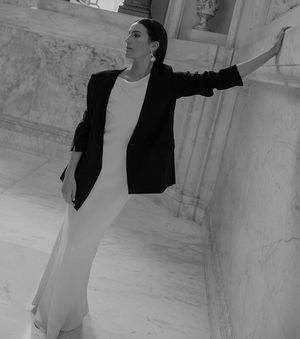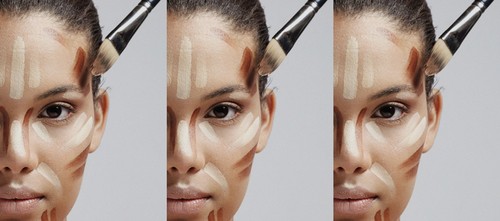
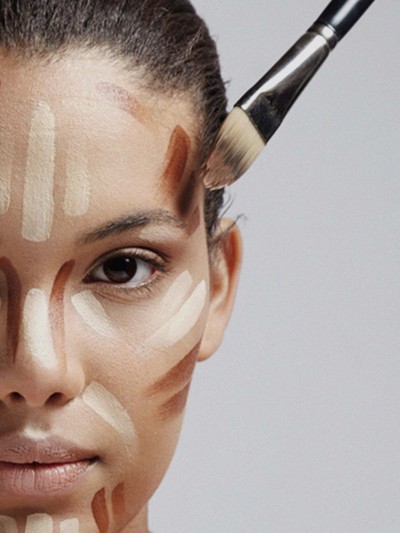
A Foolproof Guide To Contouring
All products on this page have been selected by our editorial team, however we may make commission on some products.
What It Does
Made highly popular by social media makeup influencers, celebrities and entrepreneurs like Huda Kattan and Kim Kardashian, contouring is about using light and shadow to sculpt your face and create the illusions of more angular features.
“It’s essentially Photoshop for your face but without the computer,” says professional makeup artist and beauty editor, Laure Sejean. “The point of contouring is to create shadows that accentuate the structural beauty of the face while illuminating the high points to achieve a striking, three-dimensional effect. The art of contouring is like magic – you can sculpt your cheekbones, create a slim nose, sharpen your jawline. It's all about enhancing your natural beauty – not masking it.”
Where To Apply It
Contouring can sound more complicated than it is – you just need to use light and dark shades to highlight or deepen certain features. “Lighter shades are used to highlight the areas you want to draw attention to, and darker shades to define the face and create shadows,” says founder of Asteri Beauty, Sara Al Rashed. “The contouring product can be applied to your temples, under your cheeks, your jaw line, as well as the sides and tip of your nose to create shadows for a more chiseled result,”.
The Alternative Technique
“Underpainting is a form of contouring, except you apply the product before any other base products,” explains beauty influencer, Rafeeka Khan. “I’m a fan of a cream bronzer for underpainting – REFY and Charlotte Tilbury make beautiful ones that melt into the skin and work brilliantly for this type of contouring. I apply my mine with a flat foundation brush to the outer thirds of my forehead working it into the hairline and underneath my cheekbone. I don’t drag it very far, I usually use the outer corner of my eye as a marker to measure how far to drag my bronzer. I also apply it directly underneath my jawline to really chisel the lower part of my face.”
Why The Shade Matters
Choosing the right shades for your skin tone when contouring is integral to flawless results. Anything that doesn’t work for your undertone could leave you looking sallow instead. Sara says, “Generally, you should choose a tone that is two shades darker or lighter than your skin colour. Based on your skin’s undertone, you can then opt for either a warm or cool shade. A warm shade is best if you have yellow undertones, while a cooler shade is ideal for pink or blue undertones.”
The Cream Vs. Powder Debate
While contouring can be used for dramatic, high fashion looks, it's equally effective for those who prefer a natural look, too. To achieve a more natural finish, Laure explains it's imperative to use the right formulas and textures. “Cream and liquid products tend to work best, as they blend seamlessly into the skin, leaving behind a subtle, dewy finish. Powder products can be used sparingly for setting and additional definition,” she says. “You can also use a bronzer to contour, which will create a more sun-kissed look, rather than a shadow. The key is to create harmony and avoid stark contrasts or lines.”
The Products
If you’re finding the contouring process a little daunting, Sara recommends the stick method. “For ease, use the stick format for more controlled results. The Aria Contouring Stick, launching soon from Asteri, makes for the perfect creamy contour, with a shape that enables you to get the placement just right to effortlessly sculpt and define your face for natural-looking dimension.”
“Charlotte Tilbury's Hollywood Contour Wand is a liquid product, but with the easy-to use cushion applicator it allows to control better the amount of products dispensed,” adds Laure. “These wands offer expert precision and effortless blending, sculpting your features flawlessly.” For the best result, apply dots, not stripes, then immediately blend with a synthetic brush for a natural finish. “Also, the Nudestix Matte All Over Face Colour sticks are a game-changer. The shade caters to various skin tones, offering a smooth, long-lasting matte finish and effortless application, making it an ideal choice for a no-makeup makeup look. I also love the Milk Makeup Matte Bronzer Stick. It’s renowned for its creaminess and natural finish. Apply it directly onto the areas you want to contour and blend it with a synthetic brush.”
Finally, make-up artist Natasha Ahmed confirms it's not just stick products that do it all. “Patrick Ta’s blush duos may be iconic, but his Major Sculpt Cream Contour Powder Bronzer Duo has most definitely been slept on. The cream part of the duo has a cooler tone, so it will give the effect of shadow on the face, while the bronzer adds warmth and glow. I also love to use the powder as an eyeshadow on lazy days to add dimension to my lids – it’s a make-up bag staple.”
The Tools
Once you’ve figured out the right shades and products for you, it’s important to pick the right tool to apply them. “When it comes to the underpainting technique, a flat foundation brush will give you the best control and placement of the product. I’d recommend being very light handed, the idea is to create the illusion of naturally occurring shadows as opposed to a very obvious harsh contoured lines – and remember, always blend back into the hairline and towards the ear,” suggests Rafeeka.
Angled brushes also do the trick, and synthetic bristles come highly recommended. “My favourite brush for blending cream products on the cheek is the IT Cosmetics Heavenly Luxe French Boutique Blush Brush #4. The angled shape hugs the contours of the face perfectly and the synthetic bristles achieve the perfect application and blend,” says Natasha.
The Skin Prep
Prepping your skin is vital to how your make-up will turn out. “Contouring and underpainting only works if your skincare is doing its part,” explains Rafeeka. “It’s essential to have a moisturised face that isn’t overly greasy. I highly recommend the Rhode Skin Glazing Milk to hydrate first. A hyaluronic acid serum also works well when you’re underpainting, and the one I reach for is by Trinny London – the Plump Up Peptide+ HA Serum is a dream on the skin. Follow up with Lancôme’s Génifique Youth Activating Cream, which will give your skin wonderful slip and make working with cream bronzers a lot easier.”
Shop The Best Products For Contouring Below
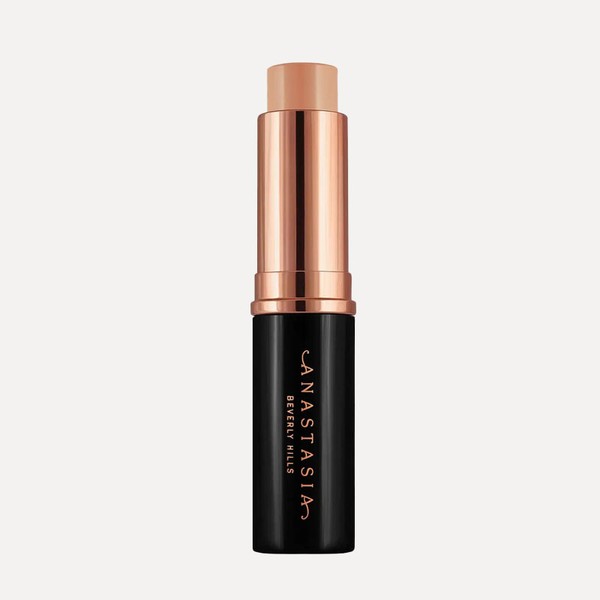


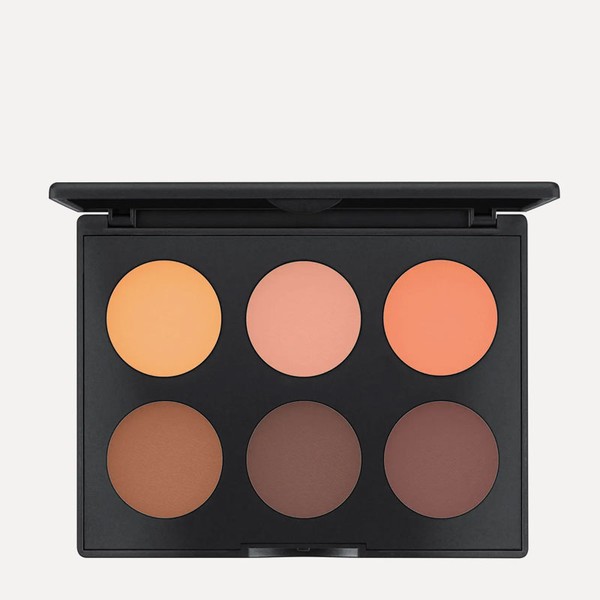
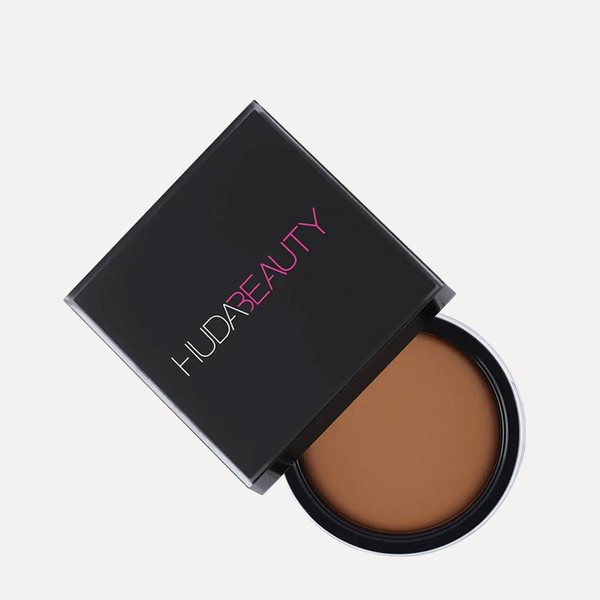


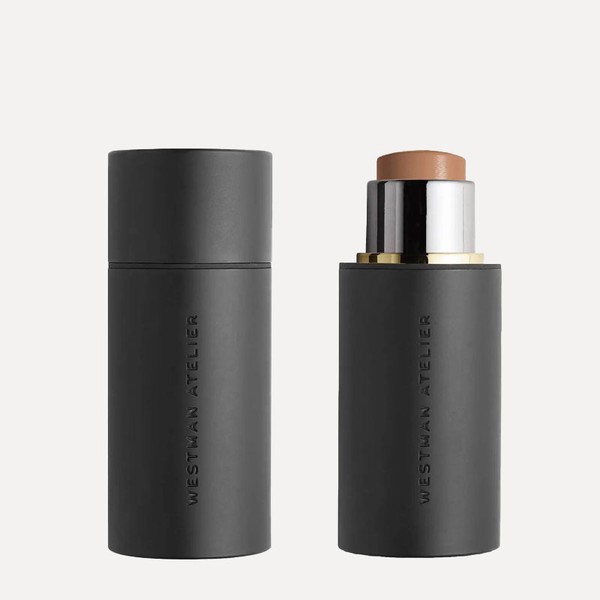
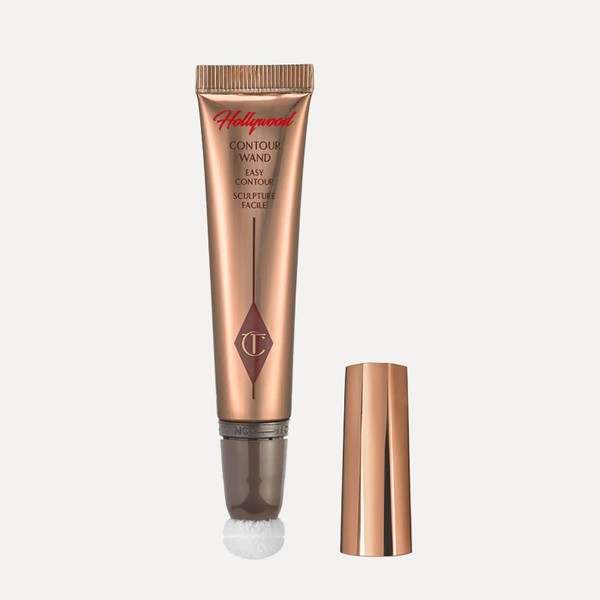
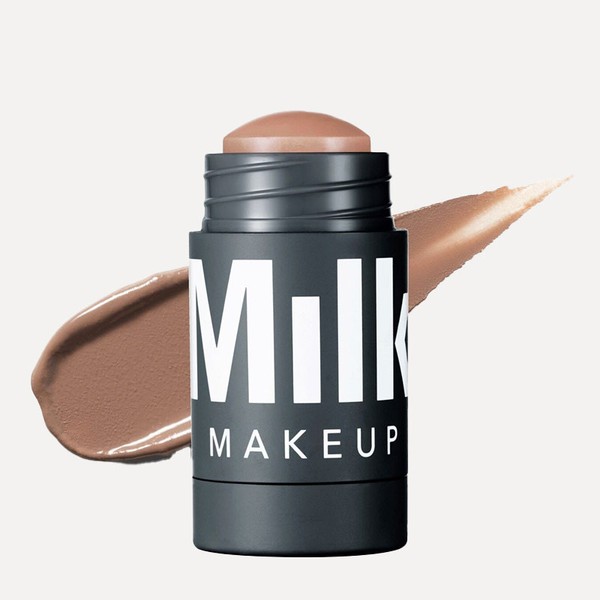
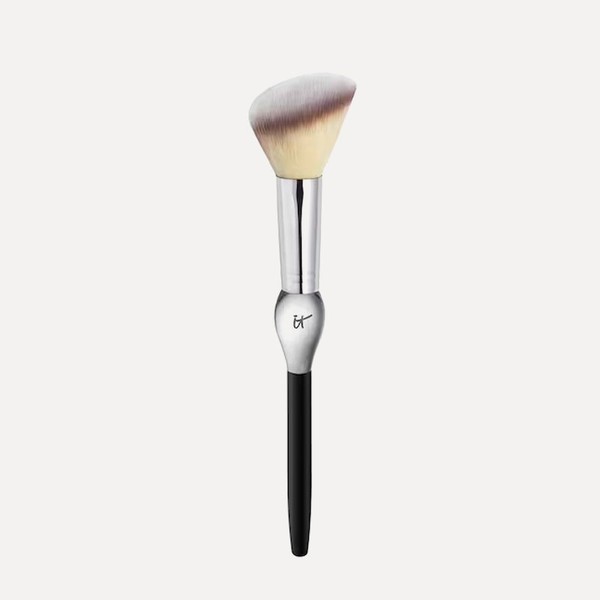
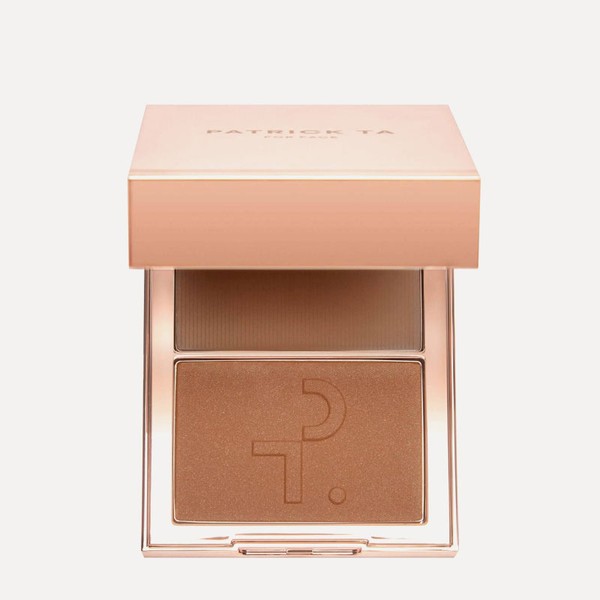
DISCLAIMER: We endeavour to always credit the correct original source of every image we use. If you think a credit may be incorrect, please contact us at [email protected].
